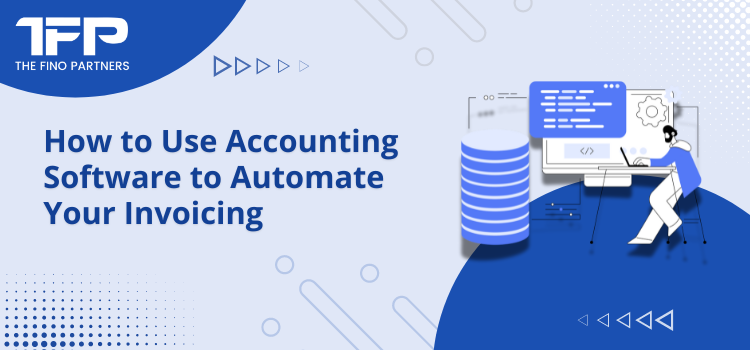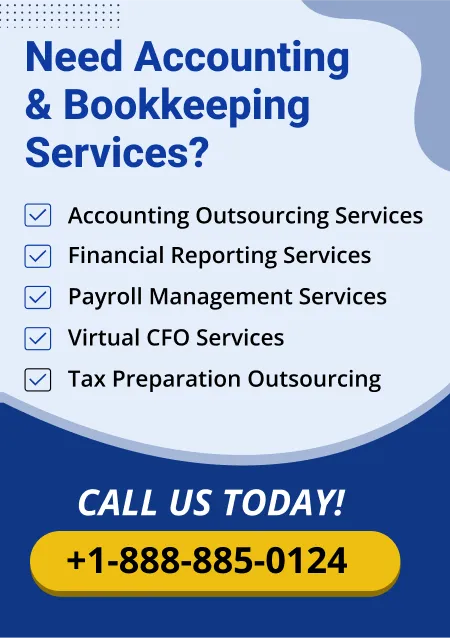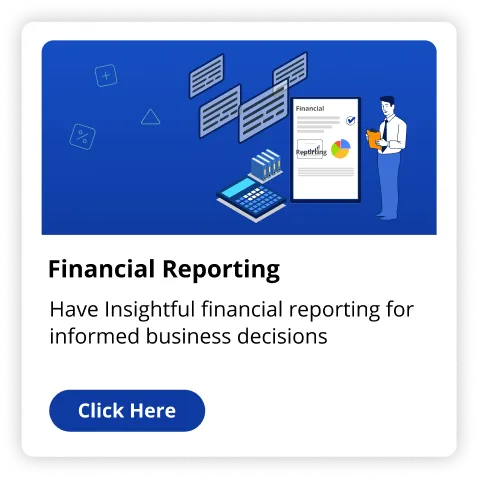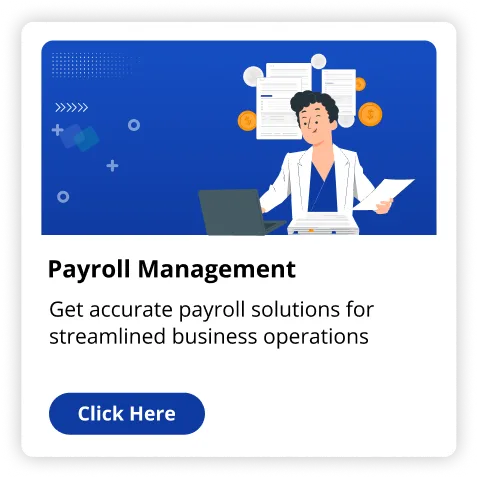Invoicing is among the most time consuming tasks for any organization, and particularly for small to medium sized companies. A recent study discovered that US businesses average ten hours a week on invoicing related tasks. That is time that could be expended on growth, customer support or simply keeping things running efficiently in daily operations.
But accounting software provides a solution: it automates invoicing, reduces mistakes and accelerates payments. This article will demonstrate how to work with accounting software to automate your invoicing in America and the advantages it provides to your normal accounting services.
Why Does Automating Invoicing Matter?
Manual invoicing is tiresome and can result in errors that may delay payment and harm your client relationship. Automating invoicing with accounting software removes repetitive manual data entry. This saves businesses time, prevents errors and gets businesses paid quicker.
More to the point, automating invoicing frees up time for much more value added tasks instead of repeated management labor. This makes your whole accounting services system more efficient and reliable.
Finding the Right Accounting Software to Automate Your Invoicing
How to automate invoicing begins with selecting the best accounting software for your company. Many invoicing automation solutions exist, though the right fit for your company might be different. Take into consideration these when evaluating software:
- Ease of Use: The software should have an easy to learn interface so you or your team can get started quickly.
- Customization Options: Can you modify invoices to reflect your brand name?
- Integration with Other Tools: Your accounting software should work with your existing programs (ERP methods, CRM platforms, etc.)
- Customer Support: Verify that software offers excellent support for troubleshooting.
- Pricing: Compare costs to find software that suits your budget.
- Popular selections for American business owners include QuickBooks, FreshBooks and Xero. Such platforms are built for accounting services and invoicing automation.
Steps on How to Automate Invoices Using Accounting Software?
Here are the steps to automate invoices:
1. Set Your Client Information
Once you choose your accounting software, enter your client details. Many accounting software stores consumer details like contact details, billing addresses, along with preferred payment methods. To store this info centrally means you will not need to re-enter it each time you issue an invoice.
Having everything put in place, clicking a button produces invoices. This helps all your accounting services run efficiently so you can concentrate on your primary business.
2. Make Your Own Invoice Templates
Invoicing is more than sending a bill. It is also a reflection of your brand. The majority of accounting programs let you customize invoice templates to reflect your business identity. You can put your company logo, pick a font and even alter the color scheme to fit your brand's styles.
Make sure to customize key details like:
- Payment terms (e.g., Net 30 or immediate payment)
- Payment by cash, PayPal and bank transfer accepted.
- Late payment fees/early payment discounts.
By customizing your invoice template, you make every invoice match your brand and simplify the process.
3. Automate Recurring Invoices
For businesses which provide subscription services or do the same task for clients often, automating recurring invoices is usually a game changer. Recurring invoices send bills at a preset interval (weekly, monthly, etc.) without you lifting a finger.
You generally could set up recurring invoices in your accounting system as billing. You simply pick the client, enter the frequency and the details. Once set, the system will deal with everything from sending reminders for late payments in case necessary. This could streamline your accounting services.
4. Track Invoice Status in Real Time
The ability to track the status of invoices in real time is among the major advantages of accounting software for invoicing. You can see when an invoice was sent, when it was opened, and when payment is due. It helps businesses monitor their finances and see what overdue and outstanding payments are.
This real-time visibility also alerts you of delays so you can follow up fast and keep cash flow. With manual methods it is simple to forget which invoices are already paid and which ones stay outstanding, but automation organizes everything.
5. Create Automated Payment Reminders
Possibly the most helpful feature of accounting software is the capability to send automatic payment reminders to clients. Rather than calling clients with late invoices, the software can be programmed to send reminders occasionally instead.
For instance, you can schedule a reminder to be sent seven days before the payment due date, on the due date and also then if payment is five days overdue. This removes the annoyance of making payments while keeping up with your cash flow.
6. Sync With Your Bank Accounts for Reconciliation
Some accounting software solutions even sync directly with your business bank accounts to simplify your accounting services. This enables automatic reconciliation of received payments. Whenever a client makes a payment, the software matches the payment with the connected invoice to lessen the time of a manual upgrade of records.
Automatic reconciliation is particularly helpful for companies which process a large volume of invoices to simplify accounting and minimize human error. The Benefits of Automating Your Invoicing Using Accounting
Software
Here are the main benefits:
- Time Savings: Since repetitive duties like producing, transmitting and monitoring invoices are automated, businesses save hours of work per week, allowing employees time to concentrate on various other areas of the company.
- Fewer Errors: Human error is minimized since nearly all of the data input is done by the software. Automated systems might also warn you of discrepancies.
- Faster Payments: With digital invoicing and automatic reminders, clients are more apt paying on time enhancing cash flow.
- Better Record Keeping: Invoices are held in a centralized system and may be retrieved whenever necessary. This helps with audits or client disputes.
Final Thoughts
In the American marketplace, getting an accounting software to automate invoicing is much more than a comfort; it’s a basic essential. Automation saves time, eliminates mistakes and also makes quicker payments. Whether you own a small company or a big business, invoicing could automate your processes and free up resources for development.
For all your accounting requirements, consult The Fino Partners for customized accounting solutions for your company.



























